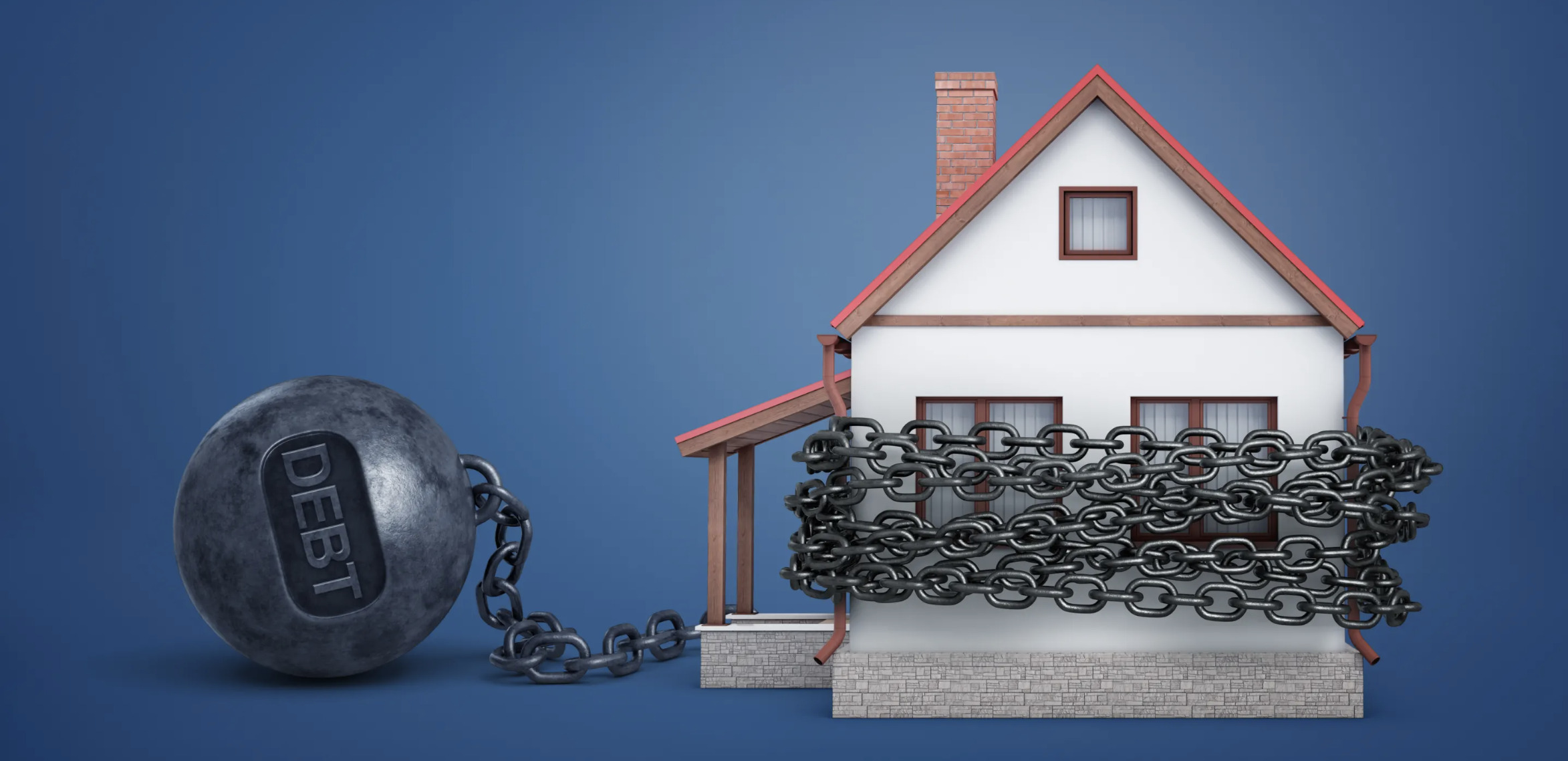Costs of Refinancing Your Mortgage

What are the Costs of Refinancing Your Mortgage? Are their hidden Costs of Refinancing Your Mortgage?
Refinancing your mortgage in Australia can be a great way to save money on your mortgage, but it's important to be aware of the costs involved. Here's a rundown of the potential expenses you may face when refinancing your home loan in Australia:
- Legal fees: You'll likely need to pay legal fees to have your new loan documents prepared and reviewed. These fees can vary, but you can expect to pay anywhere from a few hundred to a few thousand dollars.
- Lenders mortgage insurance (LMI): If you're borrowing more than 80% of the value of your home, you may be required to pay LMI. This insurance protects the lender in the event that you default on your loan. The cost of LMI can be several thousands of dollars, so it's important to factor this into your refinancing calculations.
- Discharge fees: When you pay off your old loan, you'll need to pay a discharge fee to have the lender release their mortgage over your property. These fees can range from a few hundred to a few thousand dollars, depending on the lender.
- Valuation fees: If you're refinancing to a new lender, they may require a valuation of your property to ensure they're lending you a suitable amount. Valuation fees can cost a few hundred dollars.
- Break costs: If you have a fixed rate loan and you're paying it off before the end of the fixed rate period, you may be charged break costs. These costs compensate the lender for any loss they incur as a result of you paying off the loan early. Break costs can be significant, so it's important to consider this when refinancing.
- Ongoing costs: While refinancing can save you money on your mortgage in the long run, there may be ongoing costs to consider. For example, you may need to pay ongoing fees to your new lender, such as annual fees or ongoing account-keeping fees.
Read also:
Five benefits of using a mortgage broker
Principal and Interest Vs Interest Only
Boost Your Chances of Getting a Home Loan
It's important to carefully consider all of these costs when refinancing your home loan in Australia. While refinancing can be a great way to save money on your mortgage, it's not always the best option, particularly if the costs of refinancing outweigh the potential savings.
To determine whether refinancing is right for you, it's a good idea to speak to a mortgage broker or financial adviser. They can help you weigh up the pros and cons of refinancing and determine whether it's a suitable option for your circumstances.
In addition to the costs outlined above, it's also important to consider the impact of refinancing on your credit score. Every time you apply for credit, it can leave a footprint on your credit file. If you have a lot of credit enquiries in a short period of time, it can negatively impact your credit score. This can make it more difficult to secure credit in the future, including for things like car loans or credit cards.
Overall, the costs of refinancing your home loan in Australia can vary depending on your circumstances. It's important to carefully consider all of the potential costs and weigh them up against the potential savings before making a decision. Speaking to a mortgage broker or financial adviser can help you determine whether refinancing is the right option for you.
Speak to a mortgage broker today about refinancing to consolidate debt and set yourself up for a better financial future.




